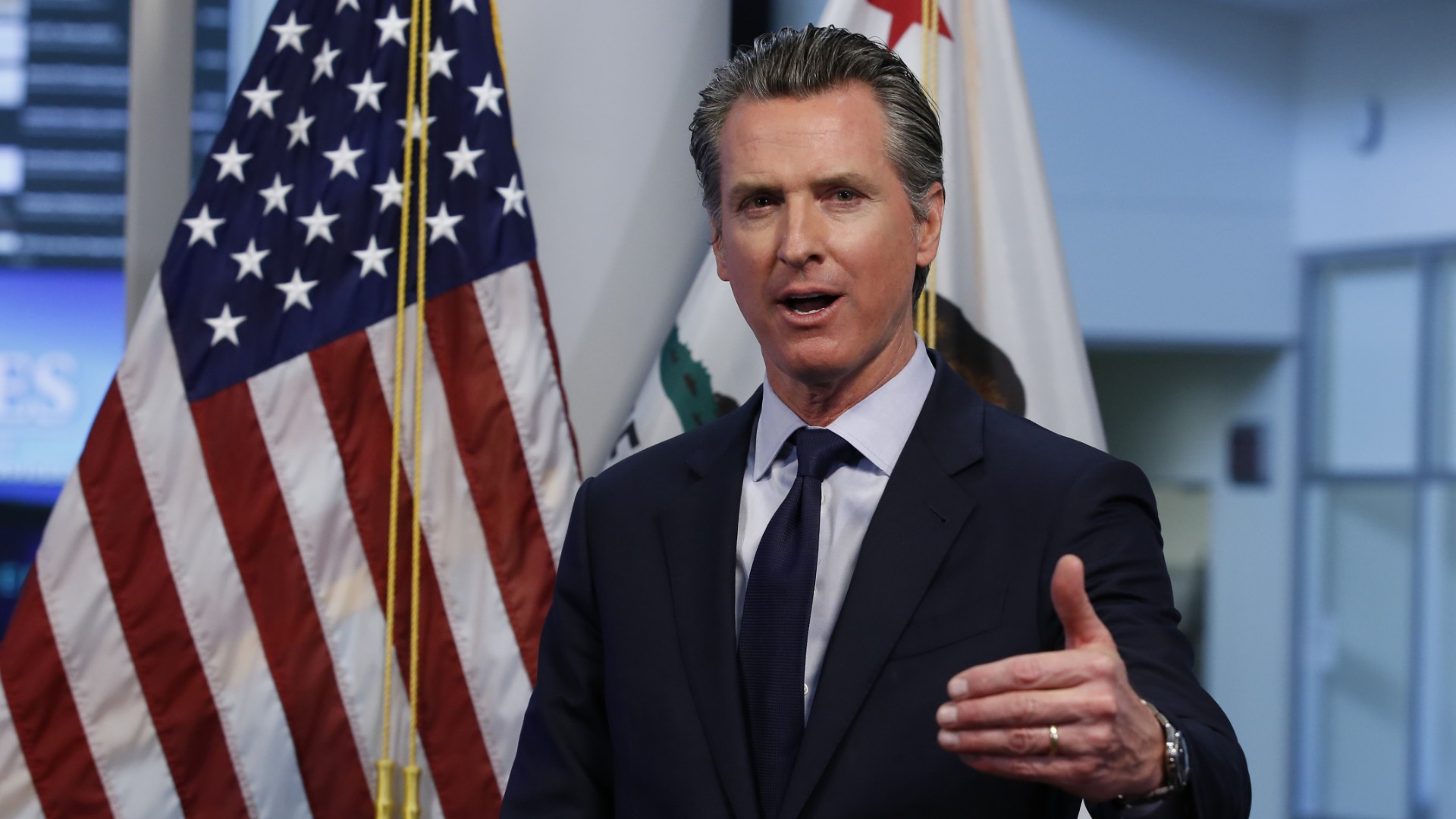When classrooms in California reopen for the fall term, all 6.2 million public school students will have the option to eat school meals for free, regardless of their family’s income.
The undertaking, made possible by an unexpected budget surplus, will be the largest free student lunch program in the country. School officials, lawmakers, anti-hunger organizations and parents are applauding it as a pioneering way to prevent the stigma of accepting free lunches and feed more hungry children.
“This is so historic. It’s beyond life-changing,” said Erin Primer, director of food services for the San Luis Coastal Unified School District on California’s central coast.
Several U.S. cities including New York, Boston and Chicago already offer free school meals for all. But until recently, statewide universal meal programs were considered too costly and unrealistic. California became the first state to adopt a universal program late last month, and Maine followed shortly after with a similar plan.
Get a weekly recap of the latest San Francisco Bay Area housing news. Sign up for NBC Bay Area’s Housing Deconstructed newsletter.
When the pandemic hit, it changed everything — including how school meals were served — and provided an impetus for the universal program, which had bipartisan, unanimous support. Lawmakers previously had only pursued targeted bills such as easing school lunch debt.
After schools shut in March 2020, many transformed their parking lots into pickup sites, and federal funding allowed schools to offer meals to anyone. There were no applications, qualifications and no questions asked.
The massive turnout showed how much families rely on the meals.
California
The Los Angeles Unified School District, the state’s largest with 600,000 students, handed out upward of 400,000 meals a day, said spokeswoman Shannon Haber. San Luis Coastal, with 7,500 students, gave out 30,000 meals a week at the height of the pandemic, nearly triple the number before. The district includes the wealthy city of San Luis Obispo and lower-income areas.
“I thought it was a pipe dream for a long time,” said Sen. Nancy Skinner, a longtime advocate for universal free meals.
Backed by over 200 organizations in a coalition called “School Meals for All,” Skinner and other lawmakers pushed for funding in the state budget, seizing the momentum at a time when California is flush with cash. The $262 billion budget provides $54 million for the coming school year, supplementing funding from the Biden administration through June 2022. After that, California will spend $650 million annually.
“If you’re a hungry child, you’re not going to learn well,” said Skinner, a Democrat representing Berkeley. “Why should we have to go through a bureaucratic hassle to get a kid fed, when we could just have universal meals?”
Senate Education Committee Republicans supported the plan as a way to help families struggling with California’s high cost of living. Sen. Brian Dahle, a Republican from a largely rural area of Northern California, said he had watched kids at his children’s school steal leftover food when cafeteria workers weren’t looking.
“For a lot of them that was their dinner and they were sneaking it or taking it off someone’s plate when they didn’t finish it,” said Dahle.
Schools rarely turn hungry kids away. But for children who didn’t qualify and needed lunch, their parents were billed and many racked up huge debts. In recent years some schools threatened to not let students graduate middle or high school until lunch debts were paid, or stamped the hands of students who owed money, said Jessica Bartholow, chief of staff for Skinner who previously was an anti-hunger advocate.
Some schools would hire debt collectors to hound parents, but at the end of the year schools have to use general fund dollars to pay off lunch program debts, she said.
For Tina Self, a mother of three, avoiding the cost of $3 school lunches every day will be an enormous relief.
“It might seem like a little bit, but it helps a lot,” said Self, who lives in San Luis Obispo where a gallon of gas can cost just shy of $5 a gallon and rent is “crazy.”
“Lucky for us we both have a job and we have two running cars,” she said of herself and her husband. “But we’re barely making it as it is.”
Tony Wold, an associate superintendent of the West Contra Costa Unified School, says it’s about time lunches were free.
“Just like you need to give students textbooks and a computer, there are certain things you need to do. And this is one of them,” Wold said.



